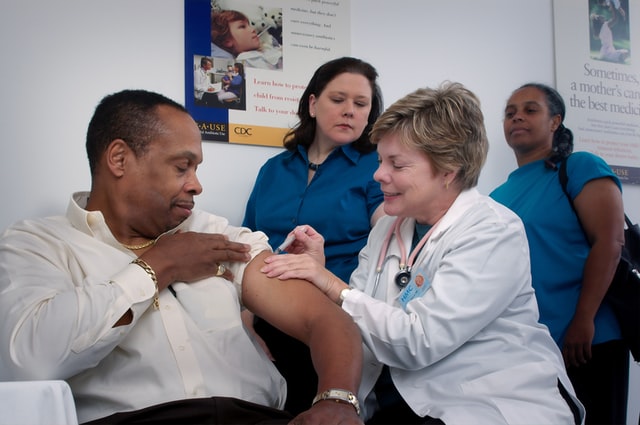Health disparities are economic drawbacks that affect racial and ethnic groups. The lack of access to healthcare, poverty, income, and substantial factors causes disparities. Therefore, health disparities are an issue that needs awareness. By improving disparities, we can improve the healthcare system’s cost and equality worldwide.
Minorities and the healthcare system
Minorities experience a difference in treatment and service in healthcare. People of color often endure volumes of mistreatment. As a result, this leads to mistrust among their physicians and the healthcare system. This mistrust creates an issue because minority groups are more likely to develop chronic diseases. “People of color face higher rates of diabetes, obesity, stroke, heart disease, and cancer than whites,” According to Health Affairs.The following are a list of common disease and health problems found in different minority groups:
Diabetes
Diabetes is a chronic disease formed by high blood sugar levels. There are three main types of diabetes Type 1, type 2, and gestational diabetes. In type 1 diabetes, the body does not produce insulin, and this causes elevated blood sugar levels. Type 2 diabetes is the most common form of diabetes. In type 2 diabetes, the body creates insulin but does not use it, causing elevated sugar levels. Gestational diabetes is the diagnosis of diabetes during pregnancy. According to the USCF, South Asians and Pacific Islanders have higher rates of diabetes. These high rates in this ethnic group are due to increased abdominal fat and less body muscle.
High Blood Pressure
High blood pressure, also known as hypertension, is when your blood pressure is higher than average. Hypertension is a prevalent disease found in adults. In addition, this disease occurs in pregnant women called preeclampsia. Preeclampsia often occurs in pregnant women of color at a higher rate explained by the Preeclampsia Foundation. Stress, genetics, obesity, and high salt intake can cause high blood pressure.
Heart Disease
According to the CDC, every 36 seconds, a person dies from heart disease. Heart disease is the number one leading cause of death in the United States. The most common form of heart disease is coronary artery disease. This disease can lead to heart failure and even death when left untreated. Obesity, cholesterol, smoking, and family history cause heart disease.
Cancer
Cancer is a commonly known disease that involves abnormal growth in cells. Various cancers affect different parts of the body. African Americans are more likely to get breast, colon, and prostate cancer. Black women are more likely to die from breast cancer, while black men are likely to die from prostate cancer explained by the American Cancer Society.
Obesity
According to the National Institute of Health, “obesity and overweight are the second leading cause of preventable death in the United States.” Obesity is a health issue involving excessive body fat in the body—obesity results when the intake of calories is higher than the number of calories burned. Over time, uncontrolled obesity can lead to many health problems, including stroke, heart attacks, and other forms of chronic illness.
Chronic Kidney Disease (CKD)
Chronic Kidney disease(CKD) is when the kidneys are damaged and cannot filter waste or fluid out of the blood. There are five stages in the chronic kidney disease process. CKD stage 5 is also called the end of the stage renal disease. At this stage, dialysis or a kidney transplant is needed to survive. Pre-existing conditions, family history, and age put you at risk of developing chronic kidney disease.
What are some solutions?
Health disparities are a common issue in our society today. Unfortunately, racial health disparities often affect minority groups in the healthcare system. However, we can take proper steps to target disparities in our communities.
Here are some ways to improve racial health disparities, with one step at a time:
More Health Coverages
Minorities have lower quality and less access to health insurance. Yet, health insurance is vital to cover expenses and emergencies. Without proper coverage for health costs, this causes minorities who don’t have money, to avoid medical treatment and physicians. The expansions of health coverages will help and produce less of a burden among minority groups.
Interventions
Different interventions can help battle racial health disparities. Certain areas with minorities often lack resources in terms of health. As a result, they are creating health problems and chronic diseases. Socioeconomic play a role in the divide among people of color and disparities in America. Therefore, targeting issues such as lack of resources, healthy foods, health care, and physical activities can help disparities.
You can listen to our podcast here to learn more about Race, Ethnicity, and Diabetes: Intra- Ethnic diabetes disparities.

